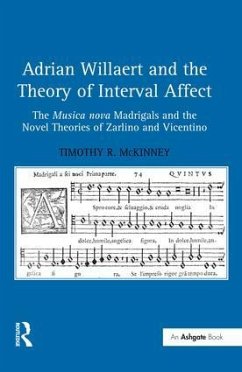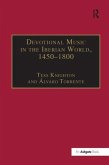The 'theory of interval affect' originates not with Nicola Vicentino or Gioseffo Zarlino, but with their teacher, influential Venetian composer Adrian Willaert (1490-1562). Because Willaert left no theoretical writings of his own, Timothy McKinney uses Willaert's music to reconstruct his innovative theories concerning how music might communicate extra musical ideas. For Willaert, the appellations 'major' and 'minor' no longer signified merely the larger and smaller of a pair of like-numbered intervals; rather, they became categories of sonic character, the members of which are related by a shared sounding property of 'majorness' or 'minorness' that could be manipulated for expressive purposes. The book engages with the madrigals of Willaert's landmark Musica nova collection and demonstrates that they articulate a theory of musical affect more complex and forward-looking than recognized currently.








